The Antikythera Mechanism
What is it? It was found at the bottom of the sea aboard an ancient Greek ship. Its seeming complexity has prompted decades of study, although some of its functions remained unknown. X-ray images of the device have confirmed the nature of the Antikythera mechanism, and discovered several surprising functions.
The Antikythera mechanism has been discovered to be a mechanical computer of an accuracy thought impossible in 80 BC, when the ship that carried it sank. Such sophisticated technology was not thought to be developed by humanity for another 1,000 years.
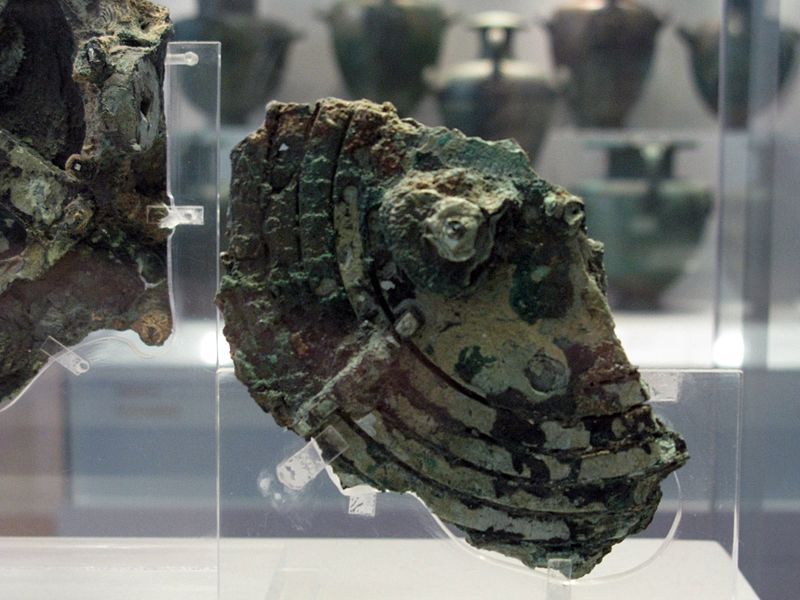
Its wheels and gears create a portable orrery of the sky that predicted star and planet locations as well as lunar and solar eclipses. The Antikythera mechanism, shown above, is 33 centimeters high and therefore similar in size to a large book.
A new paper from the Antikythera Mechanism Research Project (AMRP) is published in the prestige science journal Nature on July 31st 2008. It reveals surprising results on the back dials of the Antikythera Mechanism – including a dial dedicated to the four-year Olympiad Cycle of athletic games in ancient Greece.
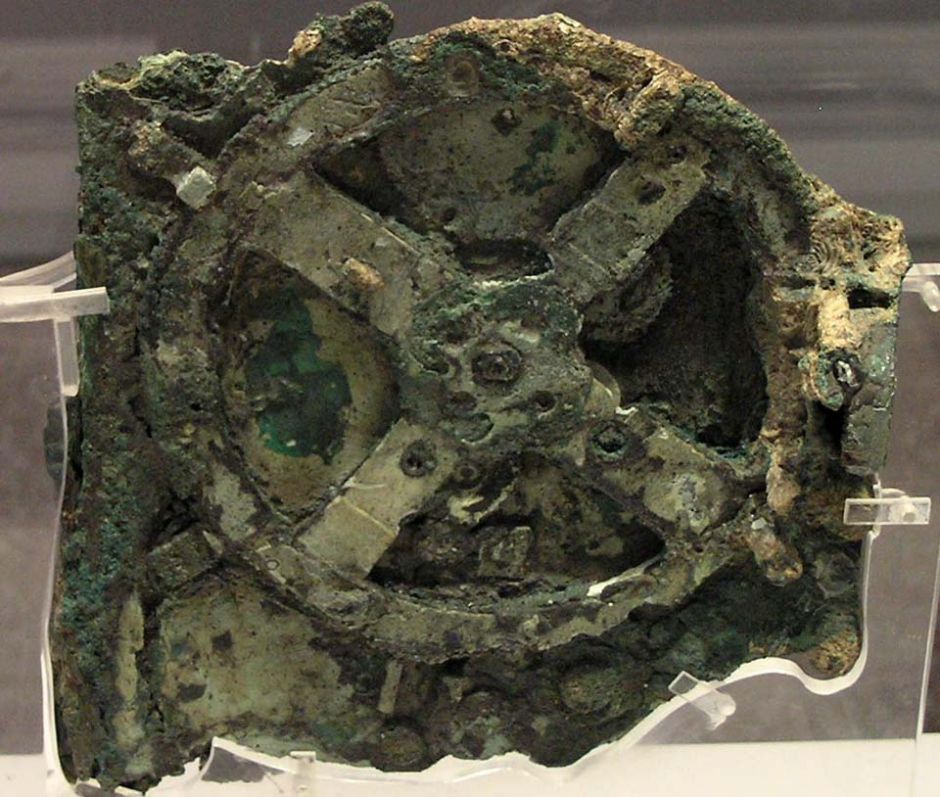
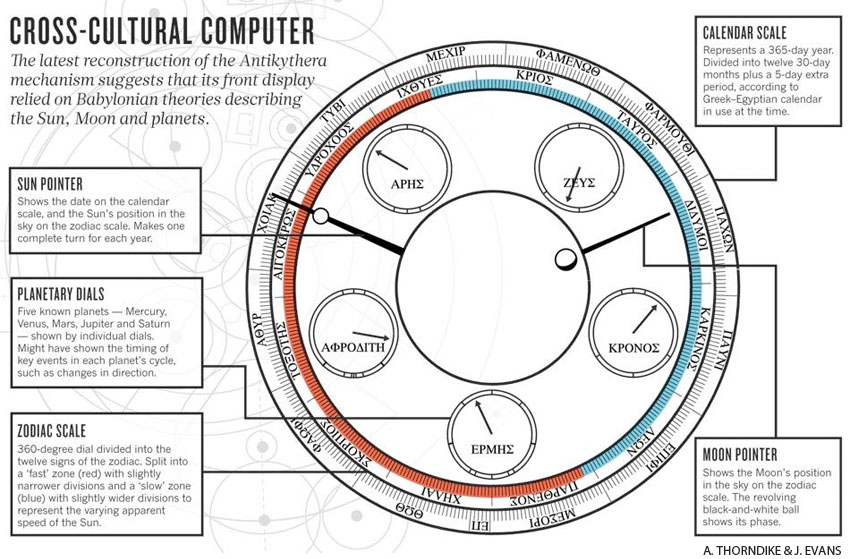
The research team has also deciphered all the months on the Mechanism’s 19-year calendar, revealing month names that are of Corinthian origin, probably from a Corinthian colony of the western Hellenic world – overturning the previous idea that the Mechanism was from the eastern part of the Mediterranean. For the first time we have direct evidence of its cultural origins.
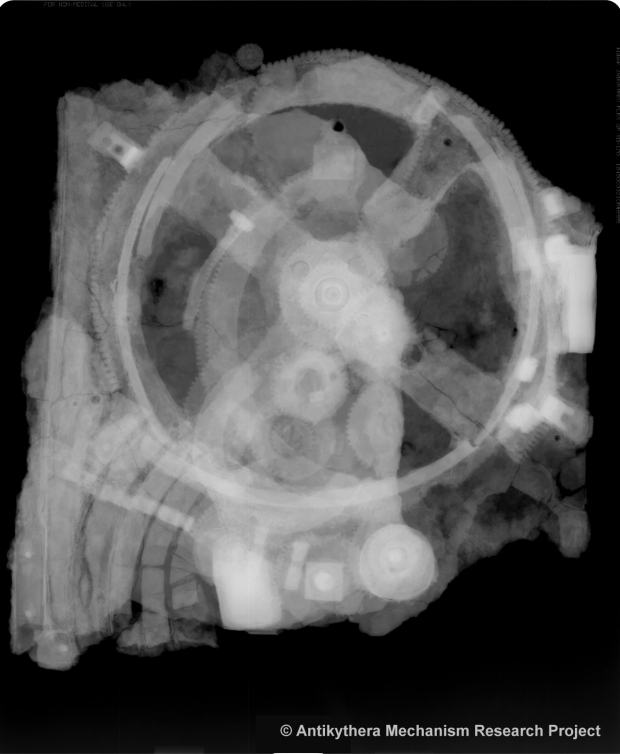
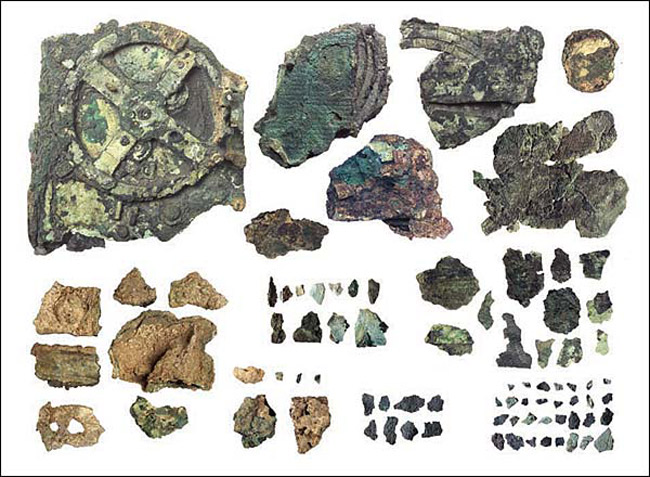
Additional research has also transformed our understanding of the Mechanism’s sophisticated eclipse prediction dials. These results have extended the previous work of the AMRP on the complex structure of the Mechanism’s gears and dials and have added new and intriguing cultural and social dimensions.
